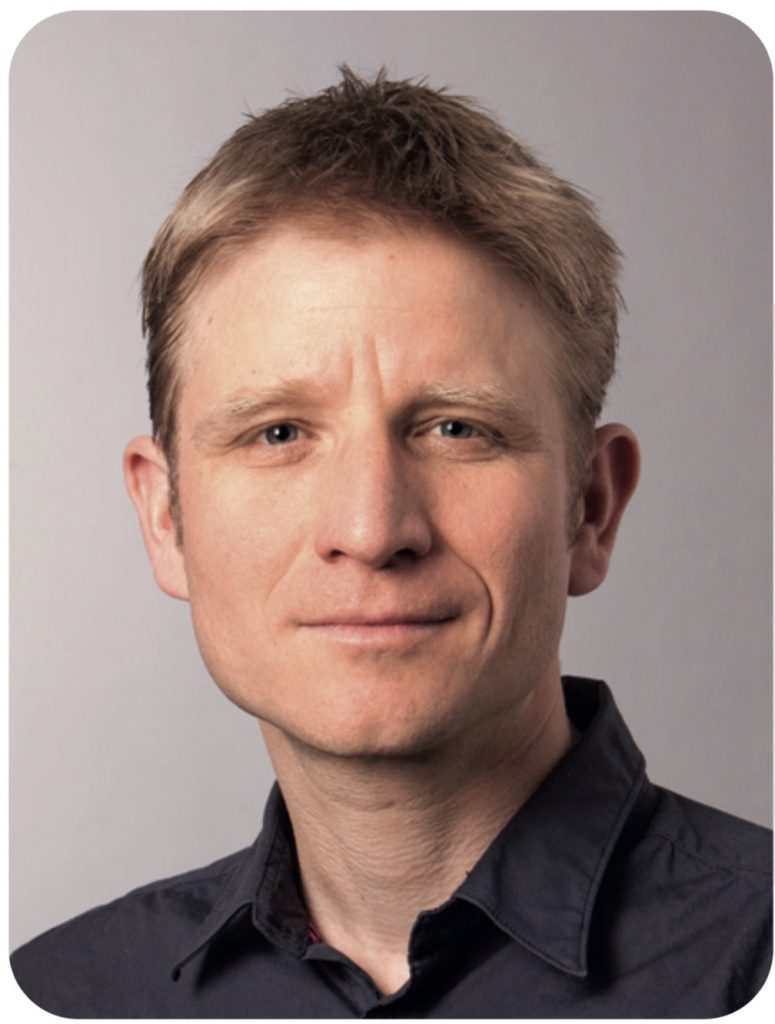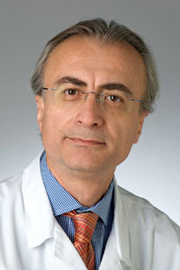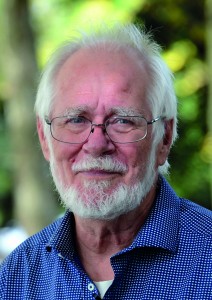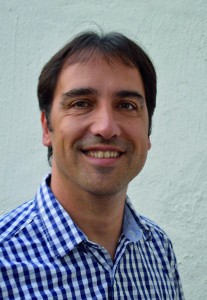- Get directions
- Leave a review
- Claim listing
- Bookmark
- Share
- Report
- prev
- next
- Tuesday, April 20, 2021 @ 10:00 am
Researchers were at the forefront of efforts to combat the current pandemic. And they did not have to perform from a cold start. Thanks to the continued funding of basic research, experts with the right knowledge were ready to react swiftly.

Florian Fisch
Swiss National Science Foundation | Science editor
On December 31 2019 the World Health Organization (WHO) was informed of a “pneumonia of unknown cause” in the Chinese city of Wuhan. Just one week after that communication, a scientific article identified a new coronavirus as the cause of this respiratory disease. The sequence was already determined and found to be closely related to the known viruses causing Sars and Mers.
On March 16 2020 the first person was vaccinated in a clinical trial using an RNA-agent produced by the US start-up Moderna. Only eight months later, two manufacturers had already announced very promising results from Phase III trials, and on December 9 the first person in the UK received the first regular jab. And this was just the beginning.
There is justified hope that in 2021 our fatigued society can once again have close contact, throw parties and organize events with large crowds. This unprecedentedly fast vaccine development was made possible by an international scientific community that was well organized and trained. There were epidemiologists, virologists and infectologists who knew how to deal with RNA-viruses and diseases.
Such an achievement was inconceivable at the time of the Spanish flu just 100 years ago. People did not even know it was a virus. This time, with prior knowledge about viruses, researchers could change priorities quickly and use their expertise on the new SARS-CoV-2. Knowledge was made available to other researchers openly and quickly on preprint servers.
By supporting research initiatives to promote basic research, SNSF has made an important contribution to the ability of the scientific community to respond to the pandemic. When the outbreak was declared a “public health emergency of international concern” by the WHO, the SNSF reacted quickly and mounted two new extraordinary research programs, a special call on coronaviruses (CHF 12M, 45 projects, March 2020) and the National Research Program COVID-19 (CHF 20M, 28 projects, April 2020). In addition, it participated in financing the Swiss arm of the WHO solidarity trial.
“Technologies developed by scientists in Switzerland have been crucial in the fight against COVID-19, including cloning the virus, cryo electron microscopy to visualize the spike proteins, and the use of radioactive molecules that bind to receptor proteins to investigate how the virus enters the host.”
Examples of research contributing to tackling the pandemic:
Prior research that expedited the global response
Ready to visualize the spike
The spikes of the new coronavirus are well known, even to children. These proteins bind to a receptor on human cells which, in effect, opens the door for the virus. However, antibodies that bind to the spike can prevent this occurring. It is therefore important to know the 3D structure of the spike protein to target the development of treatments against the disease.
On February 19 2020, even before the first wave of infections hit Europe, the first structure of SARS-CoV-2 spike protein was published. This was made possible by a technique called cryo electron microscopy. By freezing the biological samples to below minus 150° Celsius those structures can be observed in their natural environment and shape. The method was invented by the Swiss structural biologist and Nobel laureate Jacques Dubochet, former professor at the University of Lausanne.
Another researcher, Maximilian Sauer, a former PhD at ETH Zürich and now postdoc at the University of Washington in Seattle (USA) has followed in the footsteps of Dubochet. He was visualizing the spike proteins of Mers-Cov, a virus causing a similar disease, back in 2018 when not many people were interested in the disease. Today he is focusing on designing antibodies that bind to all sorts of spike proteins - and may soon neutralize several coronaviruses.
Experts who were ready from day one
Cloning the virus
Knowing how to handle viruses is not something that can be developed in days or weeks. And every virus has its own peculiarities. Volker Thiel is the Swiss expert on these RNA-viruses out of passion, and has been studying them for over 20 years. With his team from the Institute of Virology and Immunology at the University of Bern, he has been studying the functioning and replication of coronaviruses.
After the start of the pandemic they were able to create a synthetic clone of the new SARS-CoV-2 virus within one week using a special genomics platform. This meant that just one month after the sequence of the virus was known, it
could be reproduced synthetically. The ability to obtain viruses without the need for probes from infected people, and to produce these in large quantities was a crucial step in efficient vaccine production. It also helped the development of new drugs against the infective agent, and allowed variants of the virus to be characterized. Due to his knowledge about diseases that are transmitted from animals to humans, Thiel is involved in six separate research projects – two as leader - funded by the SNSF relating to the SARS-CoV-2-outbreak.
Vaccines and immunity
 Claire-Anne Siegrist
Claire-Anne Siegrist
Just having a clever idea on how to produce a new vaccine is not enough. The product has to be proven to be effective and for this to happen it has to go through different testing phases: from preclinical studies of the biological mechanism to determining safety, the correct dosing and efficacy. Once approval by drug regulators has been given, the long term effects of large-scale application have to be monitored.
One of the Swiss experts in this field is Claire-Anne Siegrist from the University of Geneva. The vaccinologist and paediatrician was involved in clinical trials of the Ebola vaccine, approved at the end of 2019. She is still studying vaccine mechanisms through a systems biology approach supported by the European Innovative Medicine Initiative. And, she is collaborating closely with the WHO and is experienced in answering questions of those who hesitate to get vaccinated.
In March 2020, Siegrist and colleagues from the University of Geneva started a project funded by the SNSF that plans to study 50 COVID- 19 patients and 200 close contacts to understand what factors contribute to the severity of the disease and the duration of the immunity.
New ongoing COVID-19 research
Where can the virus enter the host?
 Cristiana Müller
Cristiana Müller
It is important to understand which organs can be attacked by the new coronavirus. It enters the host cells by binding with its spike protein to the angiotensin converting enzyme 2 (ACE2), which occurs on the surface of many cells. Knowing where, when and how much of ACE2 is present in different patients could help improve diagnoses to determine the risk of the infection in advance.
Cristiana Müller from the Paul Scherrer Institut in Villigen and colleagues from the ETH Zurich are producing radioactive molecules that bind to ACE2-proteins and that can be traced using PET-scanners. The next big step will be preclinical evaluation that includes tests in mice.
When to treat aggressively?
 Giuseppe Pantaleo
Giuseppe Pantaleo
Most cases of infections with the new coronavirus do not cause much harm. But some people get severe flu like symptoms, and some unlucky ones need hospitalization, intensive care and even ventilation. In order to investigate the variation in immune response in different individuals, Giuseppe Pantaleo and colleagues from the University hospital CHUV in Lausanne set out to characterize immune responses.
Their hypothesis was that severe cases are due to a dysregulated immune system, which could be detected early in the progression of the disease. They take blood samples and biopsies from patients to analyze cellular, genetic und biochemical profiles that help to distinguish the different kinds of patients. The results could serve to decide when intensive treatment is necessary and even who should be prioritized when receiving a vaccination.
For those wishing to learn more, the Swiss COVID-19 Project Registry offers an overview of research on COVID-19 funded by the SNSF, Innosuisse, or within the European Framework program Horizon 2020 with Swiss participation.
For more information please visit: https://data.snf.ch/covid-19
“When the outbreak was declared a “public health emergency of international concern” by the WHO, the SNSF reacted quickly and mounted two new extraordinary research programs - a special call on coronaviruses and the National Research Program COVID-19. The SNSF also participated in financing the Swiss arm of the WHO solidarity trial.”
 Jacques Dubochet
Jacques Dubochet Maximilian Sauer
Maximilian Sauer Volker Thiel
Volker Thiel